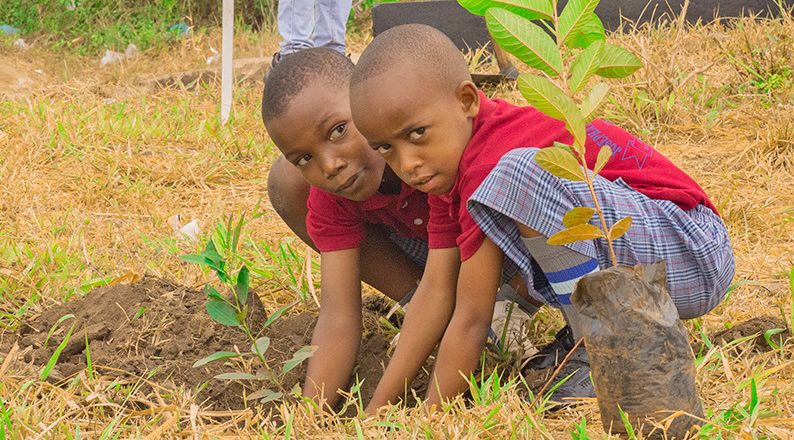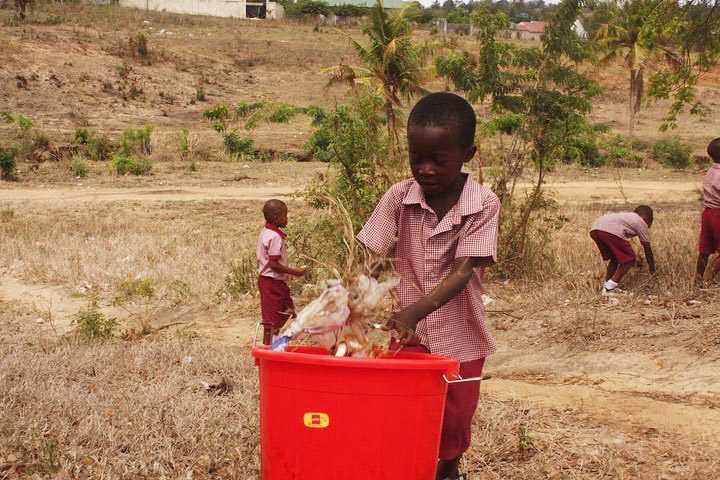By Baraka Mwampalile – Art in Tanzania internship
Introduction
Definition of key terms
Disaster can be defined as severe disruptions occurring over a short period that cause widespread human, material, economic, and environmental loss, which exceeds the ability of the affected community or society to cope using its resources.
It can be as natural or man-made disasters such as drought, floods, earthquakes, cyclones, the outbreak of diseases, bomb explosions and accidents both on land, air and water.
Disaster management
The organisation and management of resources and responsibilities for dealing with all humanitarian aspects of emergencies, in particular preparedness, response and recovery, to lessen the impact of disasters. It includes all procedures, processes, agencies, and institutional frameworks that are interlinked to manage hazards.
General overview of Disaster Management in Tanzania
Tanzania’s mainland is exposed to numerous hazards, including floods, droughts, cyclones, volcanic eruptions, tsunamis, and earthquakes, all of which have the potential to disrupt the community in terms of social and economic services, ecology, environment, and health. Similarly, Tanzania, under the prime minister, identified that major disasters in our country are floods, drought and earthquakes, which cause casualties and damage or destroy public or private property.
Similarly, since independence, the Tanzanian government has introduced the Disaster Management Department (DMD) under the Prime Minister’s Office, which focuses on identifying and anticipating hazards, and preparing plans and programs to mitigate disaster impacts, thereby saving lives and protecting property.
Status of Disaster Management in Tanzania
Through the research of various scholars and disaster personnel on the trend of disasters since independence to the present. The United Republic of Tanzania government trying take an efforts on to lessen up the impacts of disasters like earthquakes, drought and floods by making policies (Disaster Management Policy of 2004), Disaster Act, of 2015, programs like N’gorongoro community base disaster management, introduction of institutions providing expertise dealing with disaster and environmental for example The university of Dar es salaam and The university of Dodoma and supervising coordination among the institutions on time of hazard occurrence like fire department, health sector, policy force and other ministries agencies on reducing the directed impacts to the community. Although those efforts have been made, our country still suffers from the disruption of natural disasters.
The possible challenges include the poor implementation of policies and acts, whereby paperwork encompasses all measures and actions related to preparedness, response, and recovery. However, in reality, the response stages are where the government allocates its resources effectively compared to other stages. Additionally, we face a shortage of disaster expertise, which has the potential to benefit all sectors through the development and implementation of policies, the preparation of programs and plans, and the provision of awareness to the community. Furthermore, there are very few educational institutions that provide personnel each year, such as Ardhi University and the University of Dodoma.
Table: Disasters current trend
| Types of Disaster | Place | Years | Impacts |
| Floods | Dar es Salaam | 27-05-2019 | total number of people affected with flood (2-death) |
| Drought | Agro-ecological zones | 2011-2016 | Reductions crops-yields 7. |
| Earhquakes | Kagera | 2016 | 1170-total number of people affected with earthquakes(UNCEF) |
- Why do developing countries commonly lack funds, equipment, and educated people to manage disaster situations?
Lack of funds. Most of the political ruling systems in developing countries are plagued with political issues, which trigger the management of disasters. Every ruling system comes with its political ideology, which is based on factors other than the direction of sufficient resources for disaster management. For example, in 2015, the late president Dr Joseph John Pombe Magufuli, came up with an investment in the industrial economy, whereby a lot of funds were invested in industries compared to the disaster department. Additionally, there is a lack of proper coordination regarding resource ownership among stakeholders, agencies, and ministries. In addition, most developing countries rely on donor countries, creating an environment where they often depend on international donors during disaster strikes. For example, Tanzania’s disaster projects rely on numerous international banks, which sponsor the construction and repair of infrastructure affected by floods.
- Equipment
We have low technological advancement in terms of innovations, which are crucial for producing equipment used in weather forecasting, early warning systems, and transportation equipment services such as cars and aeroplanes. Currently, some developing countries are taking action to create weather forecasting satellites, which are used to provide cyclone information (SADC, 4IR satellite launching on 27 October 2020).
Measures
Allocation of enough budget in disaster management. Tanzania’s current government should allocate more budgets, which will help to minimise the impacts of disasters on the environment. Also they should be creating proper economic diversification where sectors are more priorities to acquire enough capital they should contribute to disaster department which will help to access more equipment like weather forecasting equipment, warning systems and rescue equipment which will bring benefits to our country specifically in rural areas community will access easily warning Information and educations on how to conserve environment (land, water and air).
Similarly, Tanzania’s government should increase the number of institutions providing disaster education to increase the number of disaster experts. This should involve providing practical education rather than theoretical, and ensuring disaster experts are available in all sectors, including education and the preparation of plans and programs. Furthermore, the government should ensure that policies and Acts are well implemented, rather than remaining on paper.
In addition, technology should be improved at all levels to create better conditions for achieving a sustainable country through technological innovations. Both local technologies and modern technologies should be emphasised to reduce the impacts of disasters from national up to local levels, for example, using insects and animals in weather forecasting and prediction and food storage facilities (modern and regional), which will bring positive impacts on the environment and social-economic aspects against disaster impacts.








